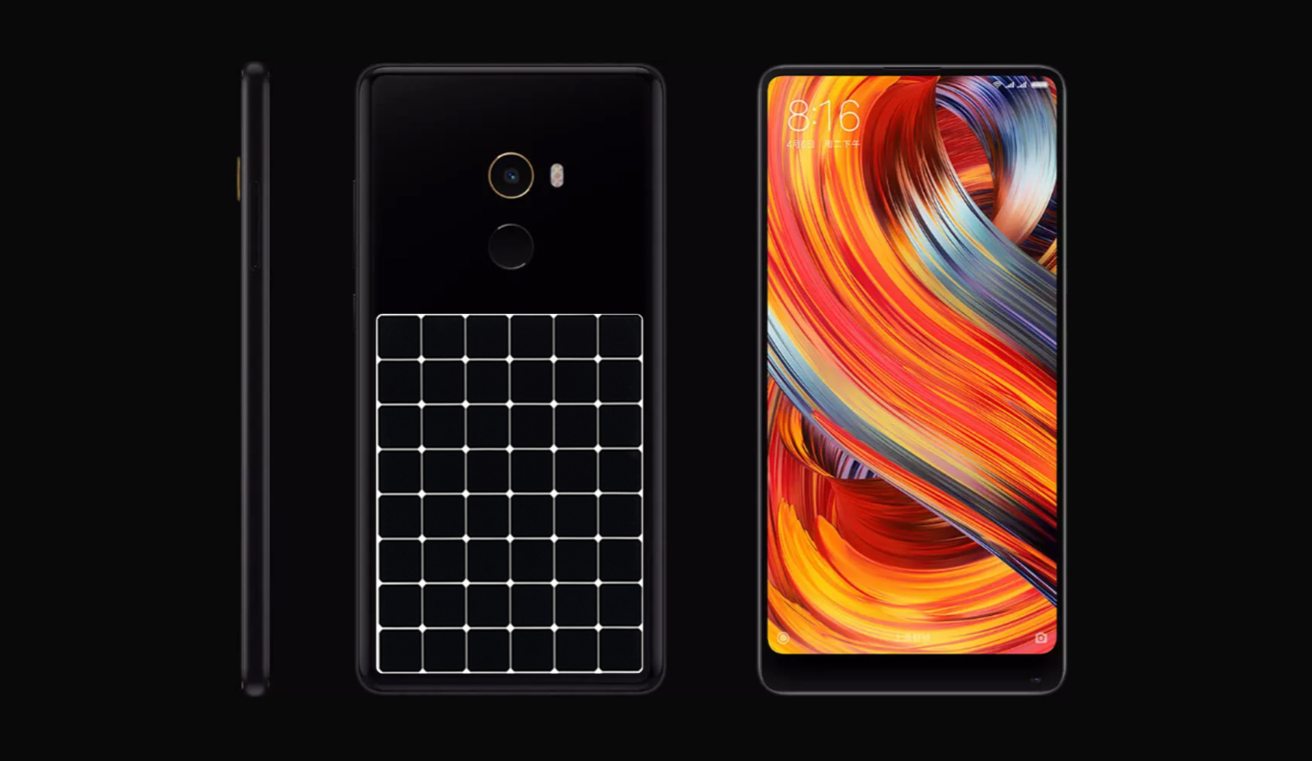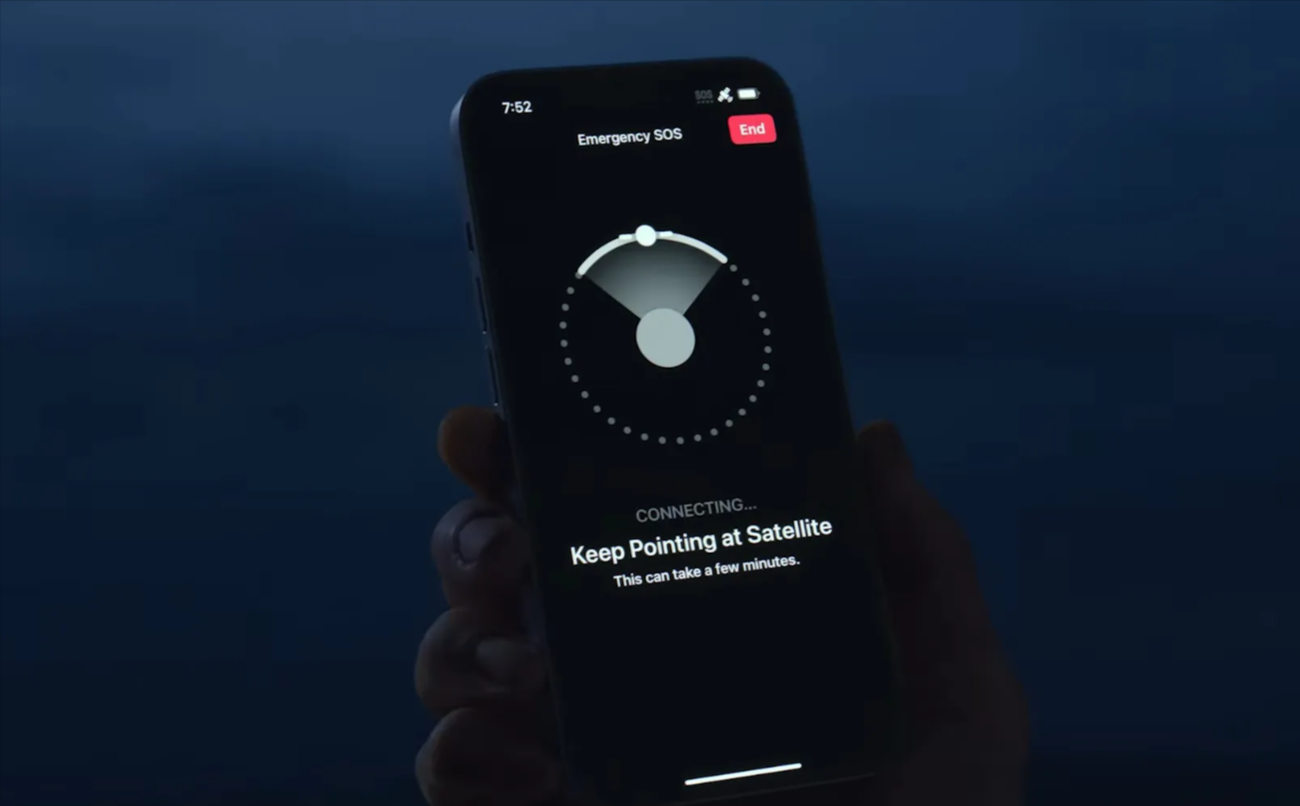How Solar-Powered Smartphones Could Become Mainstream

Leave your phone out in the sun for six hours and it might attain full charging, but many find these solar chargers impractical and temper their acceptance.
Solar charger projectors change this expectation, with Wysips busy developing transparent solar charging panels integrated within smartphone screens for the charging function in the meantime.
1. They'll be Cheaper
In Mobile World Congress this year, Kyocera from Japan unveiled a prototype phone that featured solar panels built into the screen, converting infrared and ultraviolet light into electricity through photovoltaic cells at the edges.
Talk time would benefit from 3 minutes of sun exposure on a solar cell on a Kyocera Torque phone for one minute-a significant improvement from prototype yesterday, which rendered 15 minutes for 2 hours. Besides, the design will avoid aesthetically unpleasing placements for solar cell docking, as they have the phones mounted on the bezel.
These smartphones seem amazing, but their application in practice seems limited. The actual sun exposure required to charge modern solar powered phones is significant, and it seems most are then kept out of reach in pockets or bags, where no sun rays will meet them.
With smartphone solar cells most probably getting heated from direct sunshine while damaging themselves, extra parts simply raise their additional costs; but sometime in the near future with advances in solar cell efficiency, this technology will somehow be expected to be adopter to smartphones.
2. Therefore They Will Be More Durable
Solar-powered smartphones have not enjoyed wide acceptance despite the best efforts by manufacturers, with very few remarkable exceptions. It is still costly to install solar power on phones and its energy output is limited; therefore it is potential that some users charging the phone while in operation must have to find sunlight. As long as the integration costs continue to spiral while output movements upwards significantly, these smartphones with integrated solar remain a rarity.
Intergrating solar power into cell phones would seem most advantageous, yet the current phones are hardly charging in sunlight. The earlier prototypes had back mounted solar panels; this required holding the phone face down while covering the solar panel with hands or accessories. Kyocera recently patented an ingenious method to integrate solar cells into the display screen of the phone, allowing for use while in an upright position in the user's hands.
Another development occurring in France is the collaboration between Sunpartner Technologies and Apple to create a translucent film impregnated with photovoltaic cells. This film can be placed between the touchscreen and LCD display without degrading user experience or dimming display brightness and could allow while the phone is being used to receive trickle charges.
Other manufacturers are experimenting with solar technology. Recently, solar panels were used to power the Apple Starlink AR headset to boost performance in sensors and camera systems.
3. And More Handy
Solar phones have all sorts of advantages over the regular cellphone, chiefly in that they require no electrical outlet for charging-an asset in portability. But this application has not grown beyond being impractical for most. Kyocera said its phone could provide three mins of talk after three mins of sun.
But smartphones conserve energy, so even with large solar panels, they're only going to get trickles of charge. Besides, most phones require so much power to run normal functions that even if there were enough solar panels fitted for charging, it would not suffice.
There are some measures being worked on. A transparent material absorbing sunlight for electricity conversion and also working with infrared and ultraviolet light was developed by a team of Michgan State University, which could be applied onto smartphone displays and electronics useful in places where phone battery goes low.
Another French venture, Wysips, is working on a way to give solar panels in phone screens a more practical look: on the inside, between an LCD display and a touch layer, there would be a thin invisible photovoltaic film.
This transparent solar cell would prove much more practical than past attempts at incorporating solar charging into phones, such as Samsung's Blue Earth phone which had an inefficient solar panel on the back that was practically unusable when faced down during any usage.
4. The Eco-Friendly Factor
Considering their short upgrade cycles and dependence on rare earth elements and low-wage labor, smartphones might appear to be unsustainable. However, these very same technologies introduced mobile technologies and services that could assist some of the poorest in the world to better their lives. Solar phones, for instance, enable remote farmers in rural areas without access to electricity grids to check market prices before planting their crops, communicate with buyers directly from their fields, and obtain weather forecasts-all providing significant economic advantage with rather significative benefits.
In the year 2009, the Samsung Guru E1107 was launched as the world's first solar-powered smartphone. Featuring a small solar panel on its back that, in one hour, provided about 10 more minutes of talk time, it also came encased in eco-friendly cardboard packaging which doubled as its stand and an eco-USB cable, made from recycled plastics-all this made Samsung a pioneer in eco-friendly products!
The amount of solar energy just cannot power current smartphone technologies anymore. These technologies require at least 2 A of current for normal charging, and even more so with fast charge technology used nowadays in high-end phones.

